#dryandra woodlands
Text
#1871 - Aphantes melanochorda - Corded Geometrid

Formerly Encryphodes melanochorda, before it was realised that it wasn’t a Pyralid moth and it got reclassified.
Photographed by me, out at the Dryandra Woodlands.
According to Australian Lepidoptera this Geometrid is found in the highlands at an altitude range of 600-1230 metres in New South Wales, Victoria, Tasmania, and South Australia. Which makes the records of it over here in WA a bit puzzling, since ‘highlands’ really aren’t a feature of most of the state. It’s entirely possible that it’s a related species. If it is A. melanochorda, the eggs are attached loosely to the substrate, and ornamented with attractive hexagonal ridges.
2 notes
·
View notes
Text

After Dryandra
Sky Edwards
2023
Ballpoint pen on distressed paper
#dryandra woodland#dryandra#numbats#numbat#marsupials#mammals#animalart#realism#ballpoint#ballpointart#purpleink#australiananimals#animal art#skydarcyedwards#drawing#ink#wildlife
70 notes
·
View notes
Text


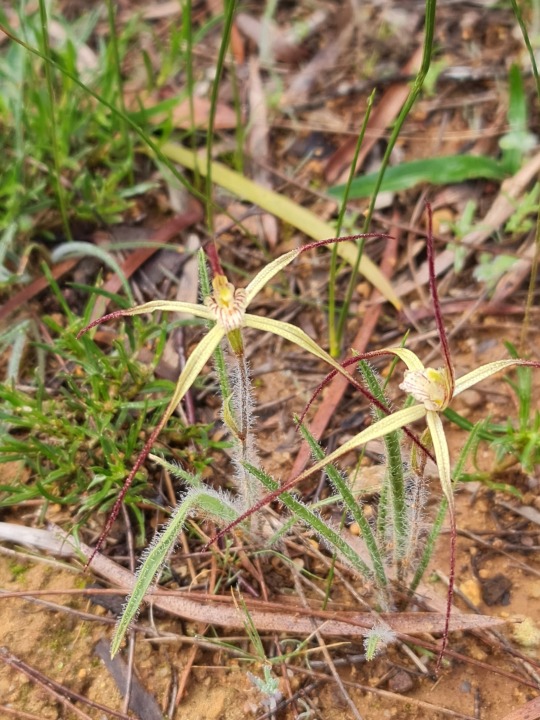
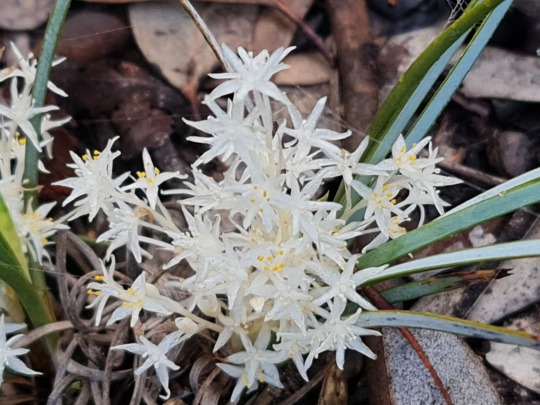

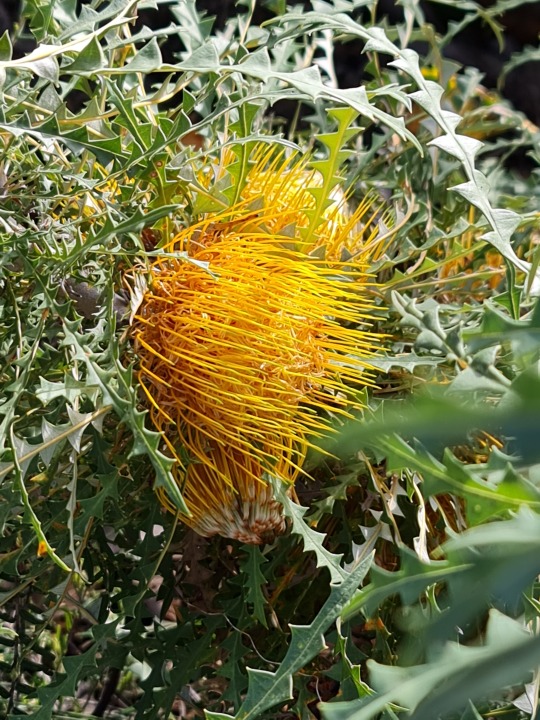





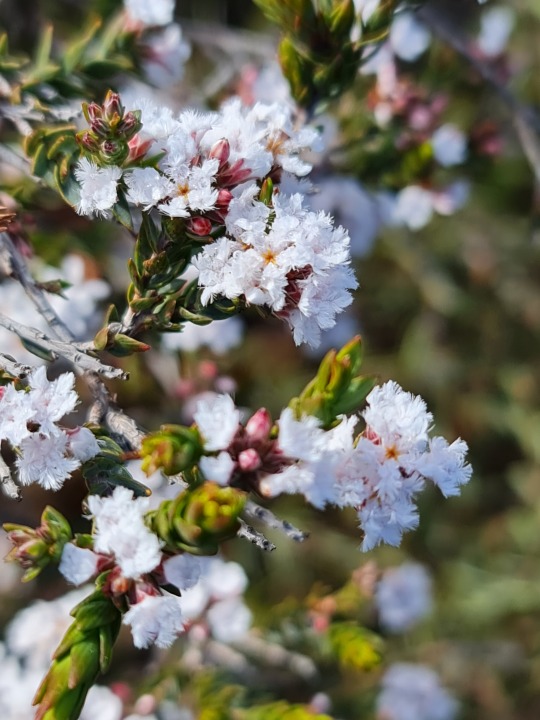

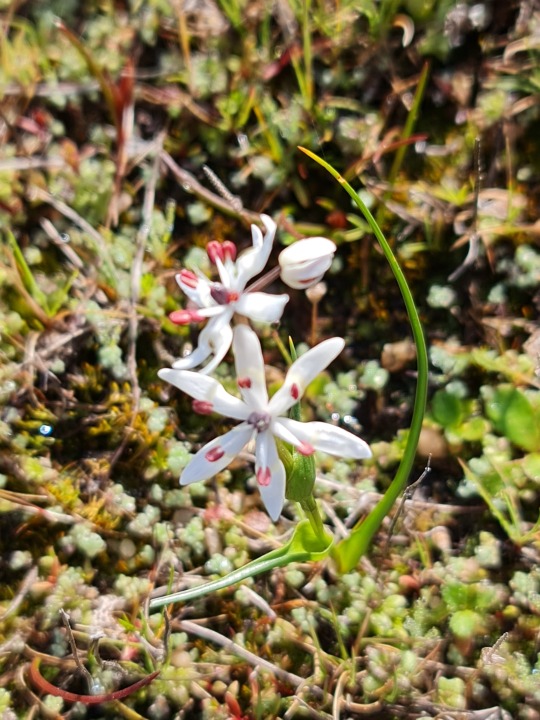

Just spent a few nights camping at Dryandra Woodland and nearby Tutanning Reserve - spent a lot of time in both reserves when I worked down there in 2007. Flowers are in bloom.
No numbats this trip, but did see a possum, 2 echidnas, and a chuditch!
1 note
·
View note
Text



Dryandra woodland, September 2019
1 note
·
View note
Text
Dryandra numbat population thriving but State of Environment report highlights mammal extinction concerns
Dryandra numbat population thriving but State of Environment report highlights mammal extinction concerns
The numbat population at Dryandra Woodland National Park is flourishing but conservationist Robert McLean says not enough is being done to protect other vulnerable mammals following the release of the State of Environment report last week.
The Federal Government’s report, which is released every five years, detailed a grim picture of Australia’s environment due to factors such as climate change,…
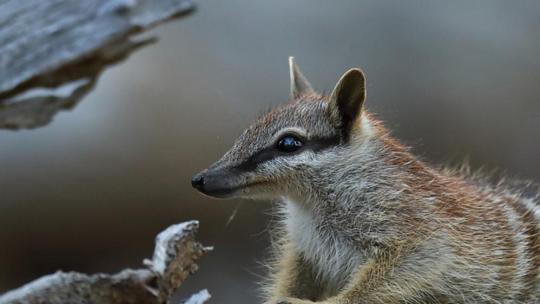
View On WordPress
0 notes
Text
Infesting the rat’s nest
There’s a smallish island off the coast of Western Australia (itself part of a continent referred to as a largish island, even though it’s arguably as mainland-y as any other continent) known for being a pretty popular tourist destination. Rottnest is easy- the beaches are good, there’s plenty of accommodation, and while one might argue that it’s not that much better than any other country town in the state, it’s only a quick 30 minute ferry ride away from Perth (well, Fremantle), so it’s pretty convenient for a day trip.
It’s not really known for any of that, though. It’s mostly known for Quokkas.
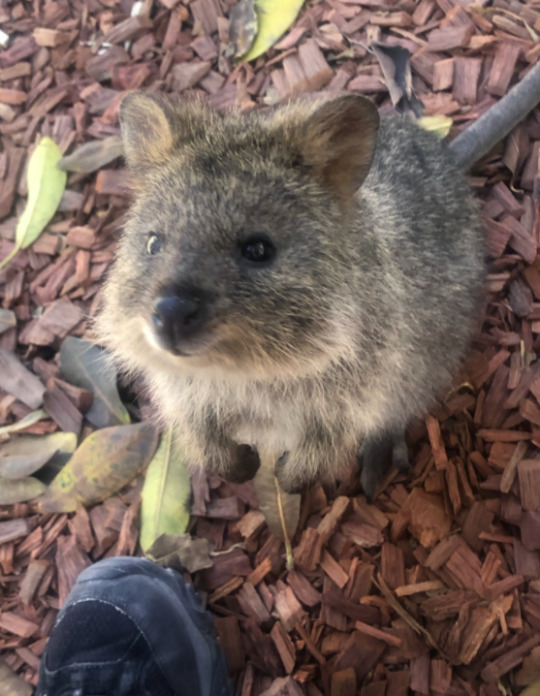
It has occurred to me that this is possibly going to be the only post on this blog with any images featuring myself. Not, er, not a whole lot of me, though.
Quokkas are a small species of marsupials native to Rottnest Island that kind of give it its name- allegedly, dutch colonials found the island full of the little dudes, figured they were rats, and named it “rat’s nest”- ironically, I think it might be one of the few places I’ve seen where there aren’t rats anywhere. That I saw, at least.
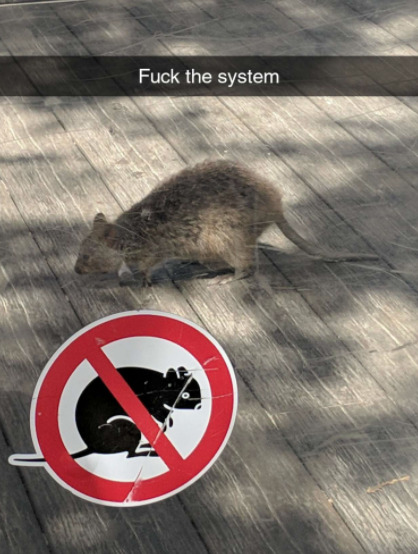
(thanks Adam :* )
The species is well-known for a lot of reasons. For one thing, they’re obviously very cute, with a level of photogenic-ness that’s made them a popular target for selfies and the like. I do recall one of the Hemsworths (Chris?) recently popularizing that particular trend, though I’m not entirely sure how you can do that in #currentyear. The other main reason, though, is that they’re completely free from predators on the island itself- technically, despite mostly eating leaves, they are the island’s apex predator (I think they can eat bugs, but they aren’t very good at it). As a result, they don’t really have that instinct most small animals have of “run away from the big moving thing” and are thereby extremely chill around humans.
(technically some snakes can predate on them, but it’s rare)
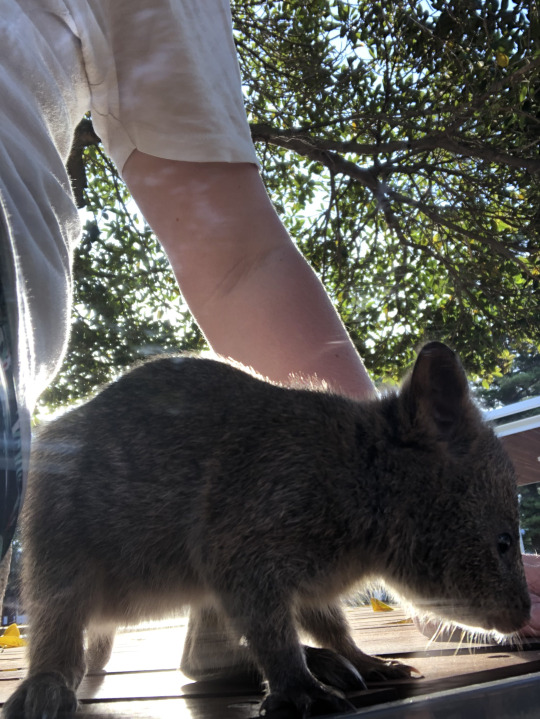
They will just come up to you. Have a sniff. Babies included, mothers protecting babies included. Have a nap in random places that don’t quite seem appropriate (there was one in the bathroom today). They will eat leaves out of your hands, but you very much shouldn’t feed them- for general natural preservation reasons, it’s fine if these wild animals don’t mind having people around, but you definitely don’t want them getting used to being fed.
It’s honestly kind of a wonder of nature. Endemic species are a big thing in Australia- there are so many weird animals here that you don’t see anywhere else, especially considering the prominence of marsupials in general- there’s what, one species outside of the continent? (Okay, just looked it up, there’s a bunch of species in North America (and one in South America) but they’re all opossums) It’s especially interesting when you consider that there is a small population of quokkas on the mainland, but they don’t have the same lack of instinct- and in fact have been reduced significantly as a result of introduced species like foxes, cats, and dogs.
Yeah, you uh. Can’t bring any of those to Rottnest. There are a lot of native species who’ve been royally fucked by the colonials bringing “regular animals” to Australia, especially a lot of small marsupials in the southwest. Numbats, bilbies, woylies and the like have all had significant effort to protect the species, and they’re really only just bouncing back thanks to dedicated work in places like Dryandra Woodland.
And I’m very worried that the island could very easily fall victim to something similar. It’s a very well-visited tourist destination, and even though there are strict fines for messing with the quokkas (including touching them at all), people are going to do it anyway. It’s a treasure, and I’m not sure we aren’t squandering it.
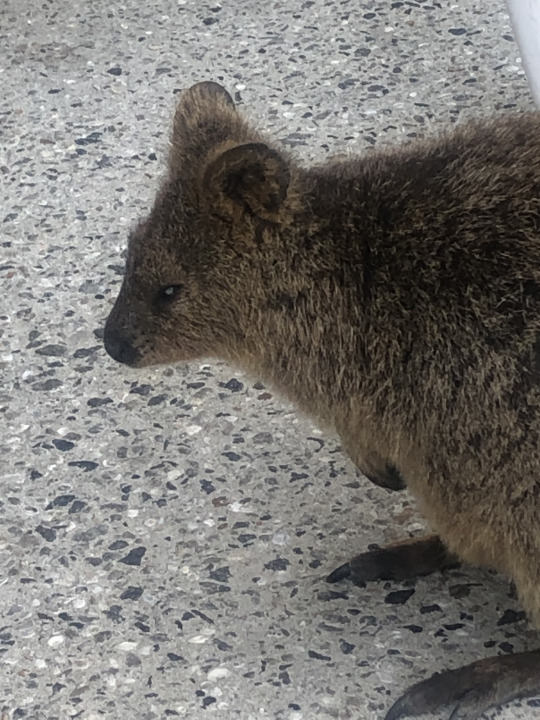
The image above was one of the last quokkas I saw today when I visited the island. In case it isn’t clear, I’m 90% sure the poor thing was completely blind, eyes milky and white. It was a mother, too, just trying to keep her kid safe. In the outdoor seating area of the hotel/beach bar. Where many, many kids were running up and petting her, and her child, and it made me really, really uncomfortable! Like, kids are kids, but it frustrated me that this rare and unique species was kind of being taken advantage of.
Rottnest is fundamentally a good place, and quokkas are a large part of that. But on some level, I kind of feel like we should be leaving it the hell alone, or at least not have as much built-up there. Around half the island is still largely untouched (save for bike paths and the like), but I could see that changing in the next few decades. And then, what of the quokkas? What happens when we continue encroaching into their bushland?
When I lived in Kuala Lumpur, there was a group of macaques that lived in the trees next to my school. They frequently ran in and stole food from the kids there, which is a lot of why I just don’t like monkeys in general- bad experiences (never personally happened to me, though). But the reason they had to do that was because of all the huge condominium developments in the area, steadily deforesting all the hills in the region until there was barely anywhere left. They had no other way of feeding themselves, and so they had to take what they could reach.
And while I think it’s pretty unlikely that happens to Rotto- we’re a lot better with conservation than a lot of other places in the world- if it does, then it truly will become the rat’s nest.
3 notes
·
View notes
Photo
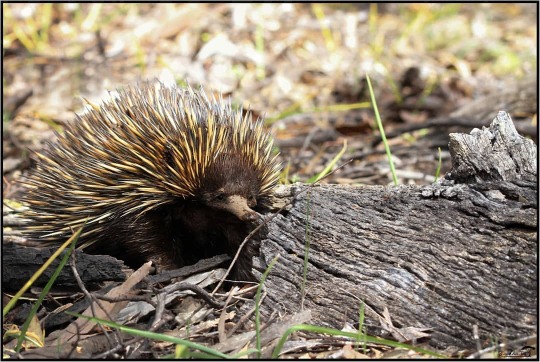
One of Australia's beautiful, gentle characters, spending hours shuffling and sniffing around on the lookout for termites. These amazing little creatures can live happily for up to 16 years and are egg-laying mammals! #reandutoit #naturephotography #nature #abcmyphoto #westernaustralia #echidna #spinyanteater (at Dryandra Woodland) https://www.instagram.com/p/CM3eoxSASVl/?igshid=1g60il4y9oa2q
2 notes
·
View notes
Photo







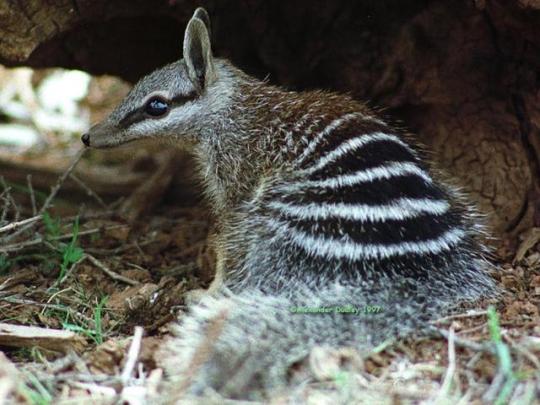
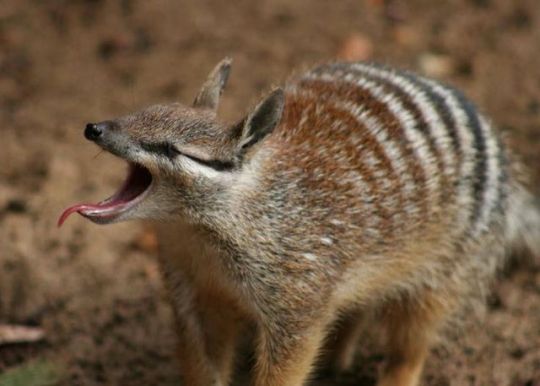
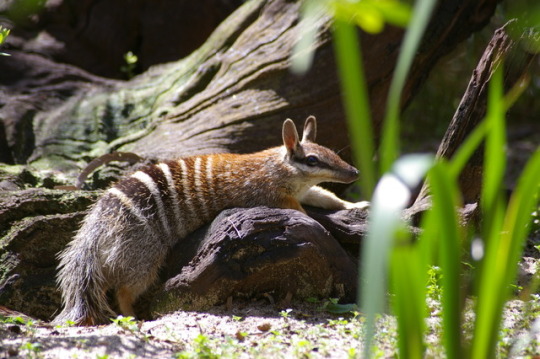
Numbat
The numbat (Myrmecobius fasciatus), also known as the banded anteater, marsupial anteater, or walpurti, is a marsupial native to Western Australia and recently re-introduced to South Australia. Its diet consists almost exclusively of termites. It digs them up from loose earth with its front claws and captures them with its long, sticky tongue. An adult numbat requires up to 20,000 termites each day. Once widespread across southern Australia, its range is now restricted to several small colonies, and it is listed as an endangered species.
The numbat is a small, colorful creature between 14 and 18 inches long, including the tail, with a finely pointed muzzle and a prominent, bushy tail about the same length as its body. Color varies considerably, from soft grey to reddish-brown, often with an area of brick red on the upper back, and always with a conspicuous black stripe running from the tip of the muzzle through the eyes to the bases of the small, round-tipped ears. Between four and eleven white stripes cross the animal's hindquarters, which gradually become fainter towards the midback. The underside is cream or light grey, while the tail is covered with long, grey hair flecked with white. Weight varies between 280 and 700 g.
Unlike most other marsupials, the numbat is diurnal, largely because of the constraints of having a specialized diet without having the usual physical equipment for it. Most ecosystems with a generous supply of termites have a fairly large creature with powerful forelimbs bearing heavy claws. While the numbat has relatively powerful claws for its size, it is not strong enough to get at termites inside their concrete-like mounds, and so must wait until the termites are active. It uses a well-developed sense of smell to locate the shallow and unfortified underground galleries that termites construct between the nest and their feeding sites; these are usually only a short distance below the surface of the soil, and vulnerable to the numbat's digging claws.
Like many ant-eating animals, the numbat has an unusually long, narrow tongue, coated with sticky saliva. Despite its banded anteater name, it apparently does not intentionally eat ants; although the remains of ants have occasionally been found in numbat dung, these belong to species that themselves prey on termites, so were presumably eaten accidentally, along with the main food. A further adaptation to the diet is the presence of numerous ridges along the soft palate, which apparently help to scrape termites off the tongue so they can be swallowed. Numbats are apparently able to gain a considerable amount of water from their diets, since their kidneys lack the usual specializations for retaining water found in other animals living in their arid environment.
Although the numbat finds termite mounds primarily using scent, it has the highest visual acuity of any marsupial, and, unusually for marsupials, has a high proportion of cone cells in the retina. These are both likely adaptations for its diurnal habits, and vision does appear to be the primary sense used to detect potential predators.
Until European colonisation, the numbat was found across most of the area from the New South Wales and Victorian borders west to the Indian Ocean, and as far north as the southwest corner of the Northern Territory. It was at home in a wide range of woodland and semiarid habitats. The deliberate release of the European red fox in the 19th century, however, wiped out the entire numbat population in Victoria, NSW, South Australia and the Northern Territory, and almost all numbats in Western Australia, as well. By the late 1970s, the population was well under 1,000 individuals, concentrated in two small areas not far from Perth, Dryandra, and Perup.
The two small Western Australia populations apparently were able to survive because both areas have many hollow logs that may serve as refuge from predators. Being diurnal, the numbat is much more vulnerable to predation than most other marsupials of a similar size: its natural predators include the little eagle, brown goshawk, collared sparrowhawk and carpet python. When the Western Australia government instituted an experimental program of fox baiting at Dryandra (one of the two remaining sites), numbat sightings increased by a factor of 40. An intensive research and conservation program since 1980 has succeeded in increasing the numbat population substantially, and reintroductions to fox-free areas have begun. Despite the encouraging degree of success so far, the numbat remains at considerable risk of extinction and is classified as an endangered species.
#animal abc's#N#numbat#banded anteater#marsupial anteater#walpurti#australian animals#endangered#marsupials#source: google
7K notes
·
View notes
Photo
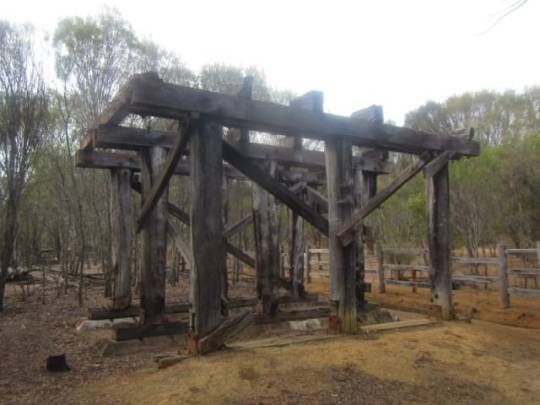
Congelin Siding Walk (1.6km) - Congelin Siding Walk is a 1.6km, grade 2 circuit hike, located in Dryandra Woodland, Western Australia. The hike should take approximately 0.5hrs to complete. http://bit.ly/2MIA75W #trailhikingaust #trailhiking #adventure #hiking #bushwalking #lovehiking #walking #hikinglife #letsgohiking #hikingadventures #outdoors #australia
0 notes
Photo
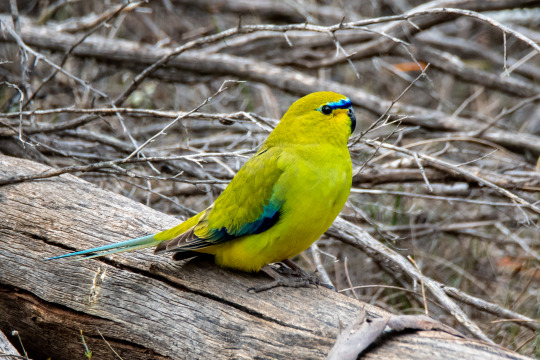
Elegant Parrot @ Dryandra Woodlands. Took a lot of stealth to get this close!
Source: http://bit.ly/2z4YBQH
88 notes
·
View notes
Text
Removing predators doesn't guarantee bird safety
Removing predators doesn’t guarantee bird safety
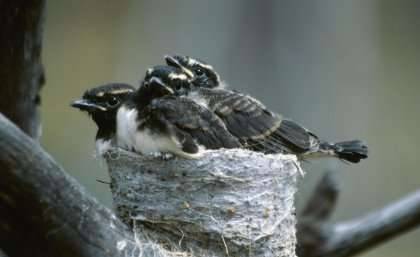
Willy wagtails at Dryandra. Credit: University of Queensland
Removing introduced predators might not provide greater protection of nesting birds in Australia’s temperate forests and woodlands, according to a new University of Queensland study.
UQ School of Biological Sciences researcher Graham Fulton’s review of…
View On WordPress
0 notes
Text
#1866 - Psilosticha pristis - Little Brown Bark Moth


Formerly Ectropis pristis.
From out at the Dryandra Woodlands, east of Perth.
A small Geometrid found over much of Australia, but since it’s actually a species complex it’s entirely possible the actual species are geographically limited. I don’t have any information on foodplants.
1 note
·
View note
Text

A shy beast.
I didn't really understand echidnas until I looked at them properly, in person. They are so charming. And so silly. I'm obsessed with them now.
Taken in Dryandra Woodland, 9/4/23
Canon R7
Canon EF 100-400 L IS USM
#echidnas#wildlife#monotremes#mammals#australianwildlife#australia#wildlifephotography#beasts#echidna#dryandra#dryandra woodland
61 notes
·
View notes
Text
Mother’s Day with a twist!
Want to treat your mum (and yourself!) to a gorgeous day out – with something a little different this Mother’s Day? Here’s our top picks to help make Mother’s Day truly special.
Play with clay and design your own perfume
Winterwares is offering a special Mother’s Day Ceramics & Perfume Design Workshop. Start with a ceramics class, where you’ll hand-build a ceramic dish for your jewellery or spices. Break for “fika” (Swedish for “tea and cake”), then learn the art of essential oil blending and natural perfumery at the Clean Slate Skin Care studio, where you’ll make your own bespoke scent to bottle to take home.
You can buy tickets for two or three people, which include all materials and fika (afternoon tea).
High Tea and diamond browsing!
The Loft Lounge & Bar at The InterContinental is proposing champagne, shopping and High Tea. What’s not to love? Begin with a glass of Chandon at Linneys on King Street, and browse (and/or buy!) some of Western Australia’s most beautiful and extravagant coloured diamonds. Then wander up to The Loft Lounge & Bar, where you’ll enjoy a a decadent High Tea, including sweet and savoury treats, bottomless coffee or tea and a complimentary glass of rosé Chandon or mocktail.
Get creative at Scribblers Festival
Get in touch with your creative side and check out the inaugural Scribblers Festival Mother’s Day Market at The Goods Shed. The first of its kind in WA, the Festival is hosting national and international authors and illustrators in and around Claremont. The Mother’s Day Market will open with The Big Breathe, a guided meditation for kids and parents, a Mother’s Day story and song from Josie Wowolla Boyle, as well as hands-on creative workshops and artist talks. There will of course be sweet treats and beautiful flowers, courtesy of The Goods Shed Coffee Pod, Rochelle Adonis, Mary Street Bakery, The Flour Press, and the Tussie Mussie Flower Cart.
Hit the road on a self-drive trail
Pack the car and take a weekend roadtrip with mum to the Dryandra Makers self-drive trail. Cruise around the iconic Dryandra Woodlands, stopping in at Cuballing, Narrogin, Popanyinning, Wickepin and Williams. With more than 100 passionate creators, you’ll be spoilt for choice - think art, craft, music, local produce, food and wine.
Entry to all venues is free.
A day in the country at Caversham House
Soak up some country air – and some sparkling at Caversham House’s Sparkling Brunch or Sparkling Lunch, including live entertainment. The brunch runs from 10am – 12pm in the Marquee, which will feature cooking stations, a buffet, sparkling wine & orange, apple juice, tea & coffee. Lunch kicks off at 12.30pm in the Main House, where you’ll enjoy a delicious five-course set menu, plus tea and coffee.
Free pearl earrings!
And, what a bonus. Every mum will receive a pair of pearl earrings, courtesy of Dahlia Pearls Broome.
Join our community now with a FREE Perth Uncommon membership – click here to find out about the benefits.
This article Mother’s Day with a twist! on https://perthuncommon.com.au/
0 notes
Photo
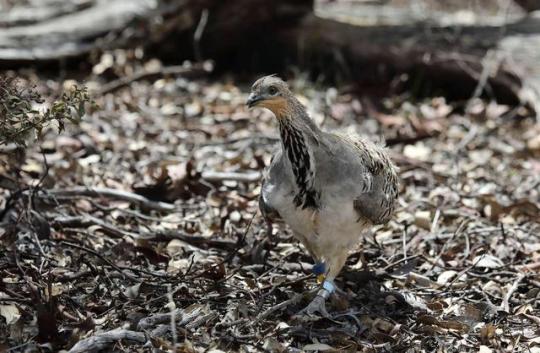
Malleefowl land in Dryandra | The West Australian Dryandra Woodland has welcomed its newest resident species, the ground-dwelling malleefowl bird. The Department of Biodiversity, Conservation and Attractions hopes the five malleefowl will eventually establish a permanent population in the Wheatbelt habitat.
0 notes
Text
Lets Delve into Numbat’s and all their Cuteness

They Look like really big and chubby squirrels! Anywho lets get sciency-
The scientific name for these little critters is Myrmecobius fasciatus. Their taxonomic classification is as follows-
Kingdom:Animalia
Phylum:Chordata
Class:Mammalia
Infraclass:Marsupialia
Order:Dasyuromorphia
Family:Myrmecobiidae
Genus:Myrmecobius
Species:M. fasciatus
These creatures are small and colorful, they have brown faces with black stripes covering their eyes, and black brown and white stripes on their back. They have long fluffy tail’s and finely pointed muzzles. They are 35 to 45 centimeters in length.
Formerly, Numbats could be found across Australia and New Zealand and New South Wales, but their range has actually decreased significantly since the arrival of Europeans in the area. the species has survived only in two small patches of land in the Dryandra Woodland and the Perup Nature Reserve, both in Western Australia.
Numbats are insectivores and eat an exclusive diet of termites. An adult numbat requires up to 20,000 termites each day. Numbats are also marsupials. It uses a well-developed sense of smell to locate the shallow and unfortified underground galleries that termites construct between the nest and their feeding sites, once these underground areas are located, they use their little claws to dig up the termites. Numbats breed in February and March, normally producing one litter a year, Gestation lasts 15 days, and results in the birth of four young.
Fun Fact: Numbats are the only marsupials that are considered fully active by day.
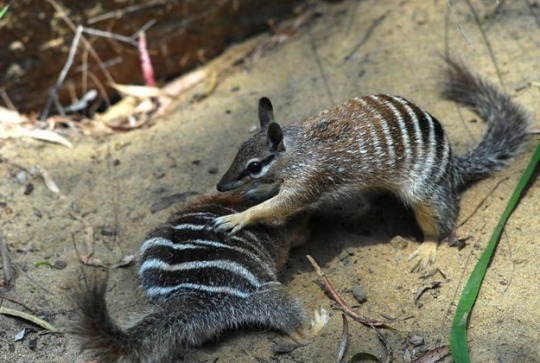
0 notes